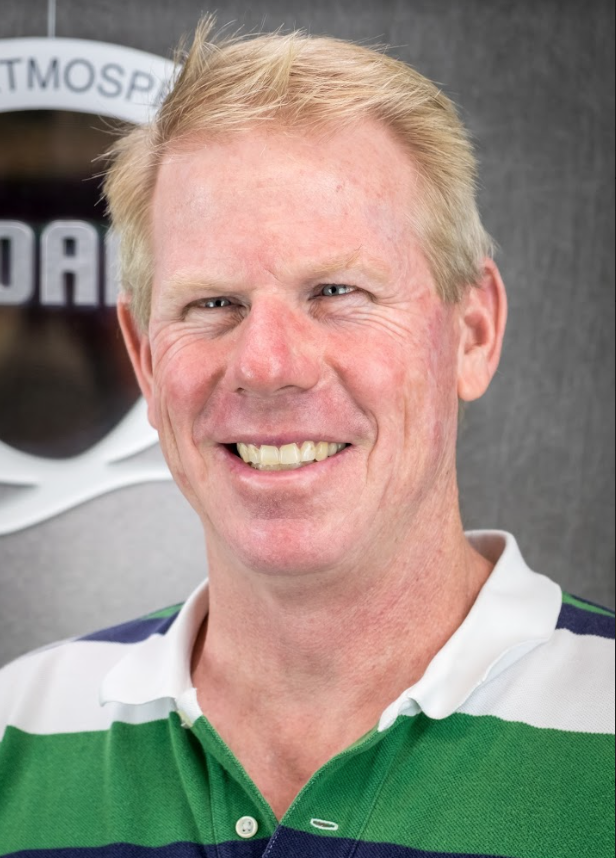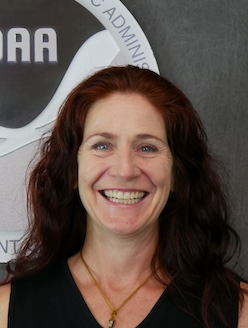Leadership
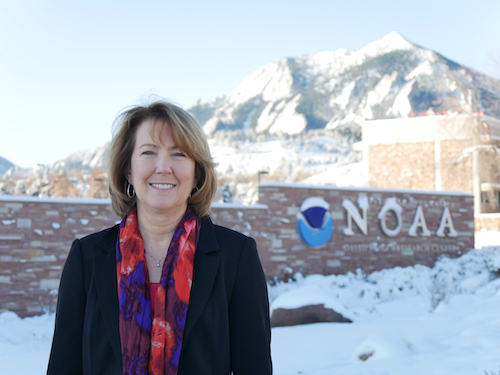 Jennifer Mahoney is the Director of the NOAA Global Systems Laboratory (GSL). She leads a staff of nearly 200 meteorologists, software engineers, and support staff dedicated to providing solutions that protect society from extreme weather. GSL is proud to host NOAA’s new Fire Weather Testbed where users and researchers work together to evaluate new fire weather tools and technology. GSL expertise in data assimilation and verification techniques advances the NOAA Unified Forecast System local-to-global and hourly-to-seasonal timescales that can predict severe weather, and the transport of smoke, and dust. GSL leads the development of Hazard Services, a multi-year, multi-phase, multi-partner effort to streamline the process to create hazardous weather watches, warnings, or advisories for 120 NOAA National Weather Service Offices and six NOAA National Centers. GSL also researches state-of-the-art environmental forecast, warning, decision support, Artificial Intelligence, social science, and visualization capabilities to empower forecasters and decision-makers.
Jennifer Mahoney is the Director of the NOAA Global Systems Laboratory (GSL). She leads a staff of nearly 200 meteorologists, software engineers, and support staff dedicated to providing solutions that protect society from extreme weather. GSL is proud to host NOAA’s new Fire Weather Testbed where users and researchers work together to evaluate new fire weather tools and technology. GSL expertise in data assimilation and verification techniques advances the NOAA Unified Forecast System local-to-global and hourly-to-seasonal timescales that can predict severe weather, and the transport of smoke, and dust. GSL leads the development of Hazard Services, a multi-year, multi-phase, multi-partner effort to streamline the process to create hazardous weather watches, warnings, or advisories for 120 NOAA National Weather Service Offices and six NOAA National Centers. GSL also researches state-of-the-art environmental forecast, warning, decision support, Artificial Intelligence, social science, and visualization capabilities to empower forecasters and decision-makers.
Jennifer is a Fellow of the American Meteorological Society (AMS) serving on the Commission on the Weather, Water and Climate Enterprise Steering Committee. Jennifer serves as the Co-Chair for the Interagency Council on Advancing Meteorological Services on Atmospheric Composition Information and Services working to advance U.S. global leadership in atmospheric composition services, and is a member of the Board of the Climate Resilience Engine advancing collaborative solutions that address the impacts of climate change in Colorado and Wyoming. As a Fellow of the Cooperative Institute for Research in the Atmosphere (CIRA), she is guiding research objectives for the Institute. She is a member of the Management Oversight Board for the Joint Center for Satellite Data Assimilation and serves on the Executive Team for NOAA’s Developmental Testbed Center. She also guides NOAA’s HPC Allocation Committee enabling the efficient use of computing resources to advance NOAA’s forecasting needs.
Prior to her selection as GSL Director, Jennifer served in various roles within NOAA. Additionally, she was recognized twice as the NOAA Research Employee of the Year for her Leadership. She received the NOAA Administrator’s award for the establishment of ground-breaking IT security practices, maximizing the effectiveness of partner high performance computing systems for the advancement of NOAA science; a NOAA Bronze Medal for expeditiously and skillfully coordinating research that leveraged the unique scientific opportunity resulting from the COVID-19 global pandemic; and she was recognized by the Colorado State University Department of Atmospheric Science where she received an Outstanding Alumni Award.
|
|
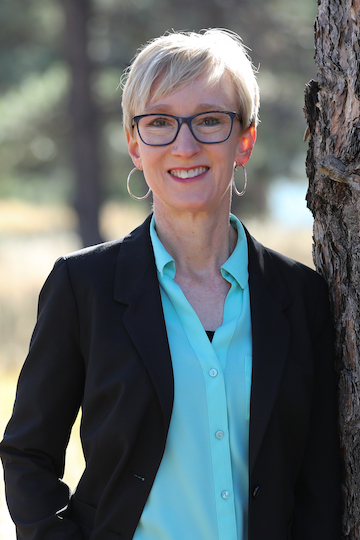 Melissa (Missy) Petty serves as the Associate Director for Administration in the Global Systems Laboratory (GSL). Before joining GSL’s Office of the Director, Missy worked for the Cooperative Institute for Research in the Atmosphere (CIRA) as a GSL affiliate, serving as Chief of GSL’s Forecast Impact and Quality Assessment Section (FIQAS). In this role, she worked closely with the National Weather Service, Federal Aviation Administration, and other stakeholders to advance operationally-relevant forecast evaluation techniques and technologies, leading a multidisciplinary team of scientists and software engineers to perform formal, in-depth product assessments and develop related evaluation tools and decision support systems.Missy’s career began as a software engineer at the National Center for Atmospheric Research, where she was involved in the implementation of various forecast systems, including aviation weather forecasts for turbulence and ceiling and visibility, and a statistical forecast system that is used in multiple market segments. This was followed by a period in the private sector working for SAP, one of the market leaders in enterprise application software. She returned to the atmospheric science community as a software engineer in FIQAS, developing automated data processing and analysis systems to support forecast verification. Missy holds a Ph.D. in Mathematics from the University of Colorado, Boulder, and a B.A. in Mathematics from Millsaps College in Jackson, MS. Melissa (Missy) Petty serves as the Associate Director for Administration in the Global Systems Laboratory (GSL). Before joining GSL’s Office of the Director, Missy worked for the Cooperative Institute for Research in the Atmosphere (CIRA) as a GSL affiliate, serving as Chief of GSL’s Forecast Impact and Quality Assessment Section (FIQAS). In this role, she worked closely with the National Weather Service, Federal Aviation Administration, and other stakeholders to advance operationally-relevant forecast evaluation techniques and technologies, leading a multidisciplinary team of scientists and software engineers to perform formal, in-depth product assessments and develop related evaluation tools and decision support systems.Missy’s career began as a software engineer at the National Center for Atmospheric Research, where she was involved in the implementation of various forecast systems, including aviation weather forecasts for turbulence and ceiling and visibility, and a statistical forecast system that is used in multiple market segments. This was followed by a period in the private sector working for SAP, one of the market leaders in enterprise application software. She returned to the atmospheric science community as a software engineer in FIQAS, developing automated data processing and analysis systems to support forecast verification. Missy holds a Ph.D. in Mathematics from the University of Colorado, Boulder, and a B.A. in Mathematics from Millsaps College in Jackson, MS.
|
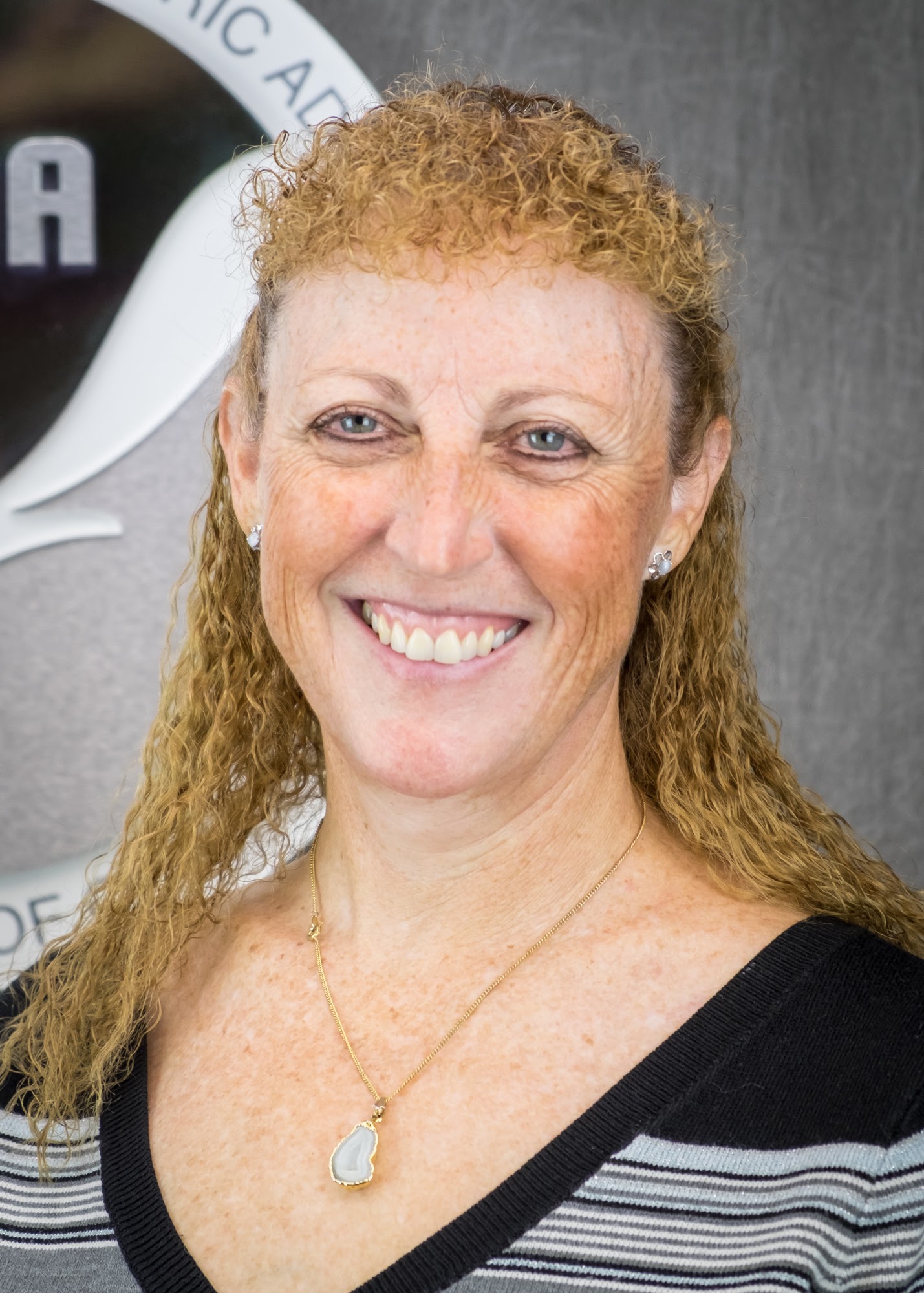 Penny Granville has been GSL’s Administrative Officer since 2005. She manages the administrative staff working on Facility Access, Deemed Exports, and Property accountability. She coordinates the labs budget execution and aids in the budget formulation processes. Penny is the HR representative, processing personnel actions for Federal, CI and Contract staff. She is GSL’s Financial Management Center (FMC) serving as the focal point for all procurement and acquisitions matters monitoring all transactions such as purchase orders, credit card purchases, reimbursable agreements, travel, etc. Penny ensures GSL processes and staff are in compliance with NOAA, DOC and OAR guidelines, policies, and procedures Penny Granville has been GSL’s Administrative Officer since 2005. She manages the administrative staff working on Facility Access, Deemed Exports, and Property accountability. She coordinates the labs budget execution and aids in the budget formulation processes. Penny is the HR representative, processing personnel actions for Federal, CI and Contract staff. She is GSL’s Financial Management Center (FMC) serving as the focal point for all procurement and acquisitions matters monitoring all transactions such as purchase orders, credit card purchases, reimbursable agreements, travel, etc. Penny ensures GSL processes and staff are in compliance with NOAA, DOC and OAR guidelines, policies, and procedures
|
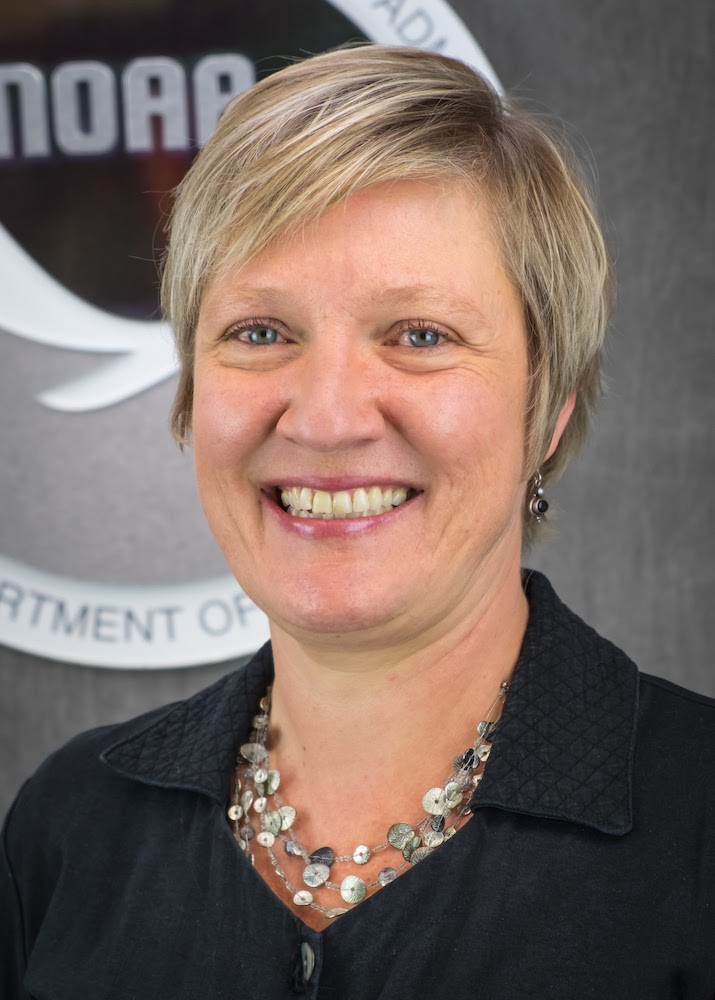 Ligia Bernardet is the Chief of the Earth Prediction Advancement Division (EPAD), which works to improve, test, and apply numerical weather prediction models in scales ranging from local to global and from a few hours to seasonal. EPAD’s foci of development are coupled Earth system models and atmospheric physics/composition. Ligia got her Ph.D. at Colorado State University in 1997 in numerical prediction of mesoscale convective systems. In 1999, she took a position in the National Weather Service of her native country, Brazil, to help stand up the first operational numerical weather prediction system focused on South America. In 2003 she started working at GSL (then FSL) in model testing and evaluation activities for the Developmental Testbed Center (DTC), of which she was the Deputy Director until 2022. During 2020-2022 she was EPAD’s deputy chief. Ligia Bernardet is the Chief of the Earth Prediction Advancement Division (EPAD), which works to improve, test, and apply numerical weather prediction models in scales ranging from local to global and from a few hours to seasonal. EPAD’s foci of development are coupled Earth system models and atmospheric physics/composition. Ligia got her Ph.D. at Colorado State University in 1997 in numerical prediction of mesoscale convective systems. In 1999, she took a position in the National Weather Service of her native country, Brazil, to help stand up the first operational numerical weather prediction system focused on South America. In 2003 she started working at GSL (then FSL) in model testing and evaluation activities for the Developmental Testbed Center (DTC), of which she was the Deputy Director until 2022. During 2020-2022 she was EPAD’s deputy chief.
|
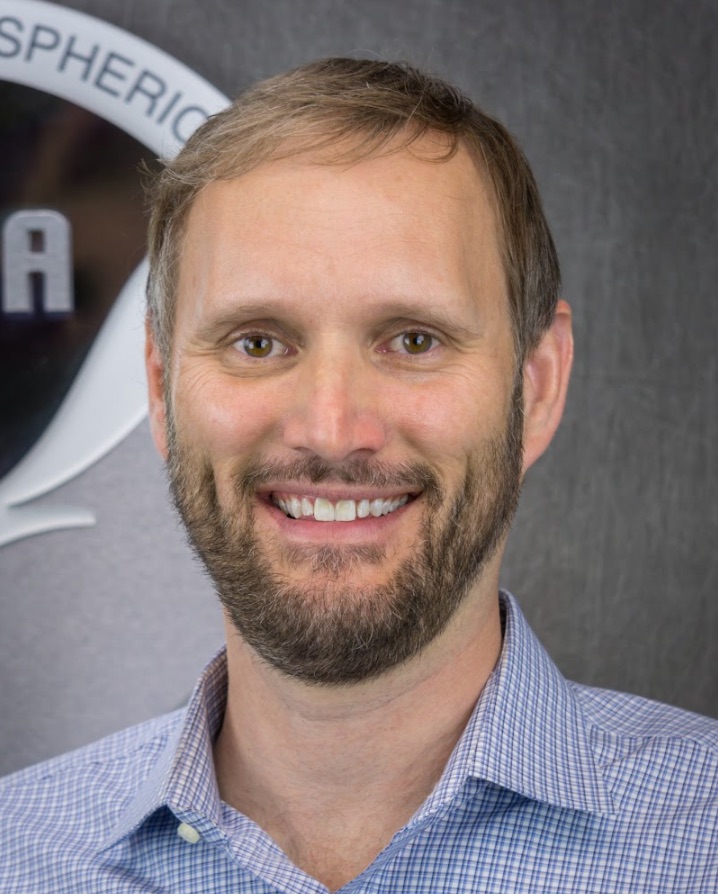 Daniel Nietfeld is Chief of the Weather Informatics and Decision Support (WIDS) Division. WIDS develops state-of-the-art environmental forecast, warning, decision support, and visualization capabilities to provide scientifically robust forecast tools, concepts, and analyses that support decision-making processes affected by the weather, water, and climate. We do this by coupling the latest advancements in machine learning, data visualization, social science research, and computer science/engineering with cutting-edge atmospheric and environmental science to empower forecasters and decision-makers with the best information they need. Our partners and customers are made up of numerous federal, state, and local government agencies that deal with operational weather and environmental issues; this includes the National Weather Service (NWS), the Federal and local Land Agencies that deal with wildfires, the Department of Defense, the Department of Transportation, the emergency management community, and international partners such as Australia and Taiwan. Through a partnership with NOAA's Office of Education and the Science on a Sphere (SOS) Team, we help NOAA communicate its science and develop new ways of interacting with our data. In addition, the WIDS Division hosts the NOAA Fire Weather Testbed, which leverages social science and verification expertise to enable research to operations (R2O) feedback between the creators of fire weather tools and operational decision makers. Daniel Nietfeld is Chief of the Weather Informatics and Decision Support (WIDS) Division. WIDS develops state-of-the-art environmental forecast, warning, decision support, and visualization capabilities to provide scientifically robust forecast tools, concepts, and analyses that support decision-making processes affected by the weather, water, and climate. We do this by coupling the latest advancements in machine learning, data visualization, social science research, and computer science/engineering with cutting-edge atmospheric and environmental science to empower forecasters and decision-makers with the best information they need. Our partners and customers are made up of numerous federal, state, and local government agencies that deal with operational weather and environmental issues; this includes the National Weather Service (NWS), the Federal and local Land Agencies that deal with wildfires, the Department of Defense, the Department of Transportation, the emergency management community, and international partners such as Australia and Taiwan. Through a partnership with NOAA's Office of Education and the Science on a Sphere (SOS) Team, we help NOAA communicate its science and develop new ways of interacting with our data. In addition, the WIDS Division hosts the NOAA Fire Weather Testbed, which leverages social science and verification expertise to enable research to operations (R2O) feedback between the creators of fire weather tools and operational decision makers.
|
|
|
|
Jenny Fox - I am from Boulder, CO and am living in the same house that I grew up in. I have always loved to travel, and after working as IT support at the Aeronomy Laboratory (the predecessor of the Chemical Sciences Laboratory) in Boulder, I took an opportunity to work for Antarctic Support Associates/Raytheon Polar Services providing IT support to scientists in Antarctica. I spent 5 years working in Antarctica, with 3 seasons at McMurdo Station, a winter over at the South Pole, and a number of cruises on the vessels (primarily Research Vessel/Ice Breaker Nathaniel B. Palmer). When I was not working on the Ice, I was traveling around Southeast Asia, New Zealand and Australia, learning to surf and scuba dive. Upon my return, I resumed supporting scientists at the Chemical Sciences Laboratory as the Sr. IT Manager, and have now joined the Global Systems Laboratory team as the Division Chief for ITS (Acting) for ITS. |
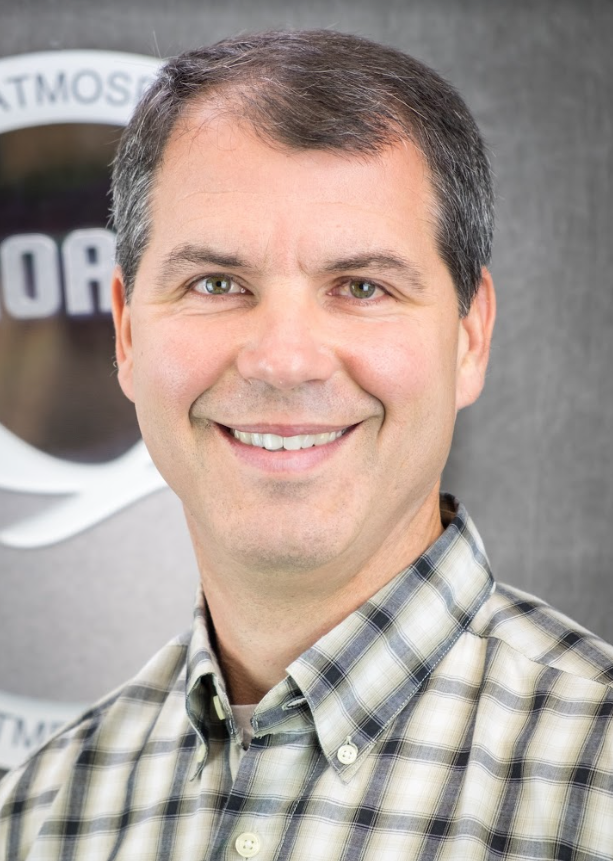 Dave Turner is GSL's Senior Scientist. The focus of his research is to better understand various processes that act upon and within the boundary layer (e.g., convective initiation, turbulent redistribution of water vapor, aerosol, and energy, land-atmosphere interactions, etc.) and ultimately to improve the representation of these processes within numerical weather prediction and climate models. Part of this work includes continuing to develop and mature different ground-based profiling technologies to measure the temperature, humidity, and turbulent structure of the boundary layer, and using these observations to gain insight into how well NWP models (such as the high-resolution rapid refresh model (HRRR) which is developed in GSL) are representing atmospheric processes and evolution. Improvement in these processes will not only enable better forecasts of impactful (severe) weather, which will also greatly benefit aviation, transportation, energy, agricultural, and other communities that depend strongly on accurate weather forecasts.
Dave Turner is GSL's Senior Scientist. The focus of his research is to better understand various processes that act upon and within the boundary layer (e.g., convective initiation, turbulent redistribution of water vapor, aerosol, and energy, land-atmosphere interactions, etc.) and ultimately to improve the representation of these processes within numerical weather prediction and climate models. Part of this work includes continuing to develop and mature different ground-based profiling technologies to measure the temperature, humidity, and turbulent structure of the boundary layer, and using these observations to gain insight into how well NWP models (such as the high-resolution rapid refresh model (HRRR) which is developed in GSL) are representing atmospheric processes and evolution. Improvement in these processes will not only enable better forecasts of impactful (severe) weather, which will also greatly benefit aviation, transportation, energy, agricultural, and other communities that depend strongly on accurate weather forecasts. |

.jpg)
